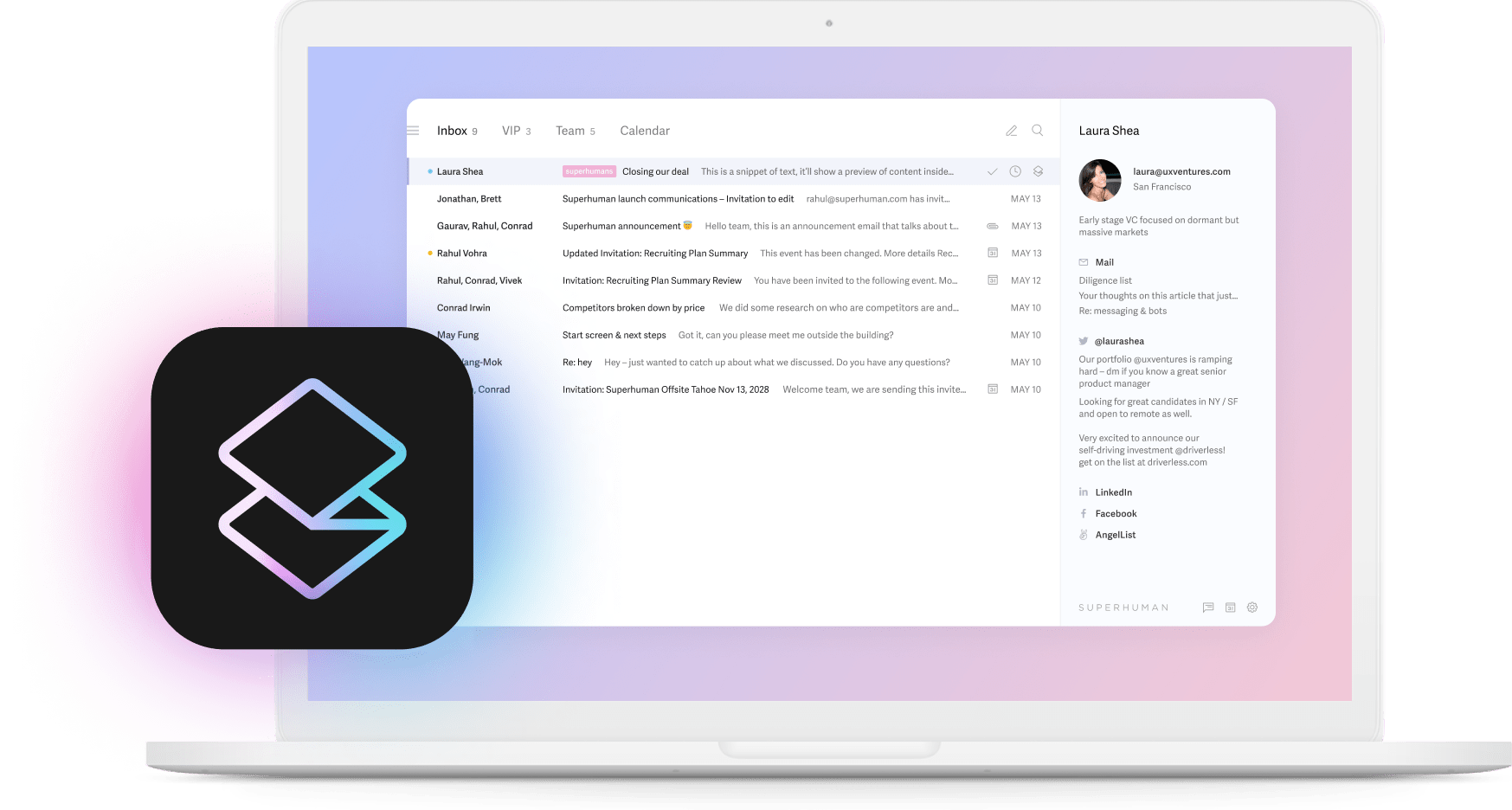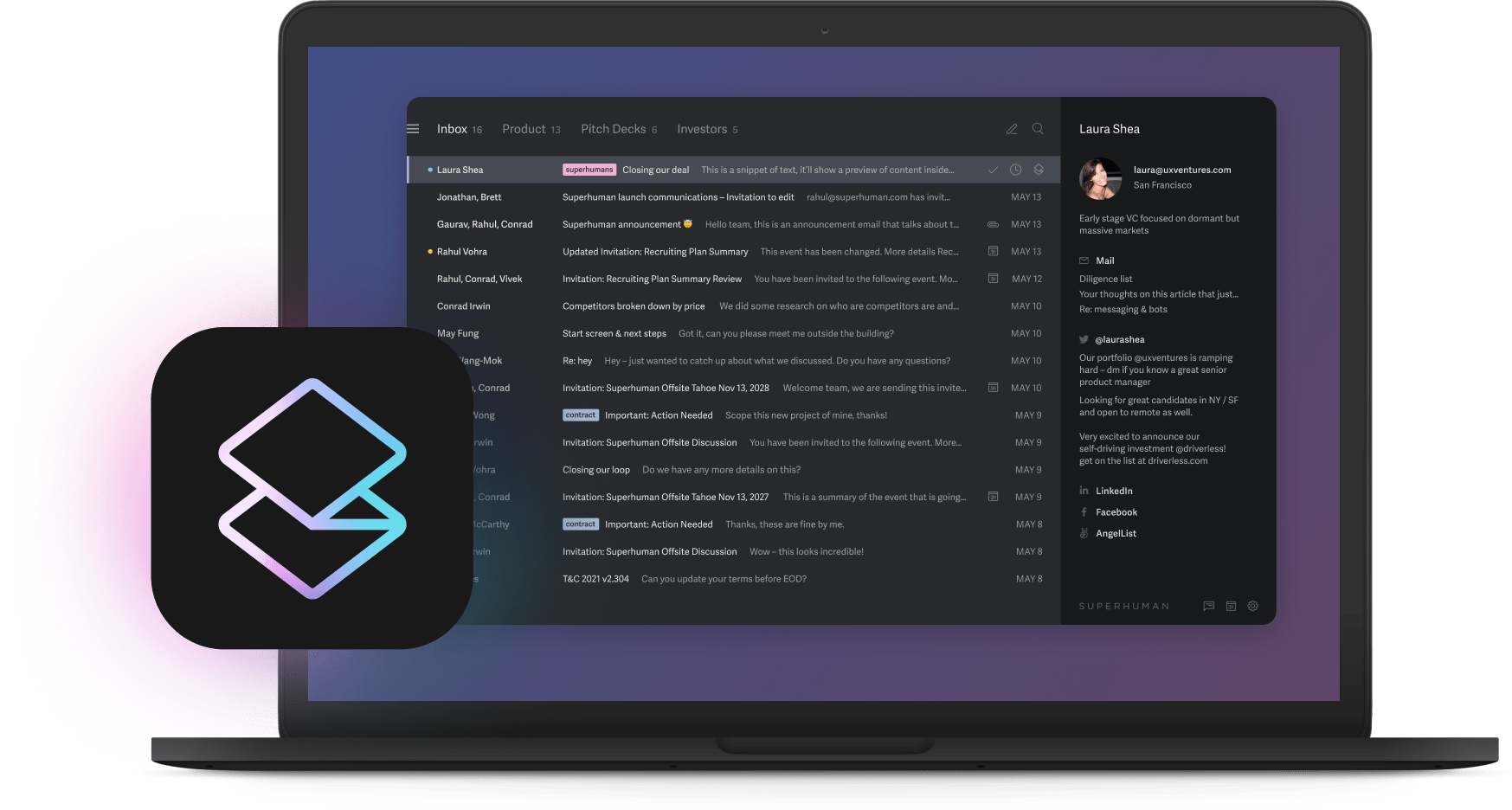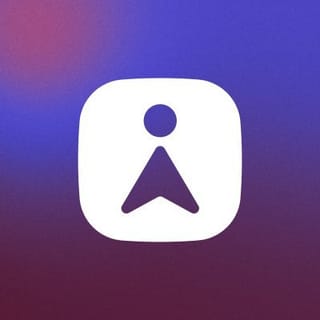
Most outreach emails get deleted within three seconds. The sender thinks they wrote something compelling. The recipient sees another generic pitch asking for something.
The problem isn't email outreach itself. The problem is how people do it. They sound like marketing robots instead of humans who understand business problems.
These 11 outreach email examples cut through the noise because they follow one simple rule: they sound like conversations, not sales pitches. Each template focuses on the recipient's world, not yours.
Personalization principles that drive results
Good outreach feels personal because it is personal. Bad outreach feels like spam because someone copied a template without thinking.
The difference comes down to research and genuine connection. When you mention a prospect's recent LinkedIn post about supply chain challenges, that's personal. When you say "I love your company," that's generic.
What works? Find specific trigger events like recent company news or industry changes. Research their real pain points through public information. Lead with value before making any ask. The C.H.A.M.P. method gives you a framework: Connect, Help, Adapt, Make it Scannable, Personalize.
Skip the fake compliments. Nobody believes you "love their website" when you're clearly mass-emailing 200 people. Focus on specific business challenges or opportunities that show you understand their situation.
Try SuperhumanCold prospecting templates
Cold emails work when they solve problems. They fail when they create more work for busy people.
Think about your own inbox. When do you reply to cold emails? When someone identifies a real problem you're facing and offers a solution that makes sense. When they waste your time with generic pitches, you delete them.
The goal isn't to sell anything in the first email. The goal is to start a conversation worth having. Keep messages short, lead with their interests, and make saying yes easier than saying no.
Template 1: Problem-agitate-solve
When to use: You've found a specific business problem they're dealing with
Template:
Subject: Quick question about [specific challenge]
Hi [Name],
Saw that [company] just [specific recent event]. Most [industry] companies hit the same wall when [specific situation happens].
The real problem? [Consequence they're probably facing]. This usually means [bigger business impact].
We help [similar companies] solve this through [brief approach]. [Specific result we delivered].
Worth a 15-minute call to see if there's a fit?
Best,
[Your name]Why this works: You're diagnosing a problem they're probably losing sleep over, then offering a cure.
Template 2: Short and sweet
When to use: Busy executives who get hundreds of emails daily
Template:
Subject: [Specific value] for [Company name]
Hi [Name],
[One sentence about their recent win or challenge].
We help [similar companies] [achieve specific outcome].
Worth a quick call this week?
[Your name]Why this works: Busy people don't have time to read paragraphs. Get to the point fast.
Template 3: Social proof opener
When to use: You have mutual connections or similar clients
Template:
Subject: [Mutual connection] said we should talk
Hi [Name],
[Mutual connection] mentioned you're working on [specific project] at [Company].
We just helped [similar company] with [related challenge] and got them [specific result]. [Brief explanation of how].
[Mutual connection] thought there might be overlap with what you're building.
Worth exploring?
[Your name]Why this works: Warm introductions carry instant credibility that cold outreach can't match.
Check out these proven personalization tactics that outreach experts use to get responses.
Warm outreach and referral templates
Warm emails have a huge advantage: trust already exists. The person knows you, or knows someone who knows you. Don't waste that advantage with lazy follow-up.
The trick with warm outreach is timing. Reach out while the connection is still fresh, but don't pounce on people the second you meet them. Give them time to remember who you are and why your conversation mattered.
Strong relationships can handle bigger asks. New connections need smaller, easier first steps. Match your request to the relationship strength.
Template 4: Mutual connection intro
When to use: Someone in your network can make a valuable introduction
Template:
Subject: Introduction from [Mutual connection]
Hi [Name],
[Mutual connection] suggested we connect after hearing about [specific project] at [Company].
We've been helping [similar companies] with [related challenge] and recently got [brief example company] to [specific outcome].
[Mutual connection] thought there might be overlap with your current priorities.
Worth a brief conversation?
Best,
[Your name]Why this works: The mutual connection did the hard work of qualifying the opportunity for you.
Template 5: Post-demo follow-up
When to use: Someone showed interest but hasn't taken the next step
Template:
Subject: Following up on our demo
Hi [Name],
Good talking yesterday about [specific topic]. Your question about [specific feature] got me thinking about how this could help [Company] with [specific challenge you discussed].
Based on what you mentioned about [specific pain point], I think [solution element] would give you [specific outcome].
Next step would be [specific action] to [specific benefit].
When works for you this week?
[Your name]Why this works: You're referencing specific parts of your conversation, which proves you were listening.
Learn how to write sales emails that people read instead of delete.
Link building and SEO outreach templates
Publishers get bombarded with link requests. Most are terrible. The people sending them clearly haven't read the site, don't understand the audience, and just want something for free.
Good SEO outreach feels different because it helps the publisher's audience. You're not asking for a favor. You're offering something valuable that makes their content better.
Research the site thoroughly before reaching out. Understand what their readers care about. Make sure your content adds genuine value, not just another promotional link.
Template 6: Broken link fix
When to use: You found a broken link on a page you can help improve
Template:
Subject: Broken link on your [page title]
Hi [Name],
Really enjoyed your piece on [specific topic]. The section about [specific detail] nailed exactly what [target audience] struggles with.
Noticed one of your links isn't working anymore (the [description of broken link] in the [section name]).
We recently published [your resource title] that covers [similar topic] but includes [additional value]. Might work as a replacement since it gives your readers [specific benefit].
Here it is: [URL]
No worries if it doesn't fit. Just thought your audience would find it useful.
[Your name]Why this works: You're solving a problem for them while helping their readers.
Template 7: Guest post pitch
When to use: You want to contribute content to a publication
Template:
Subject: Guest post idea for [Publication name]
Hi [Name],
Been reading [Publication] for a while. Your recent article on [specific piece] really resonated, especially the part about [specific detail].
I'd love to write something for your audience about [specific topic]. Here's what I'm thinking:
[Specific angle 1] based on [your unique experience]
[Specific angle 2] that helps with [audience pain point]
[Specific angle 3] with [actionable takeaways]
This would fit nicely with your existing coverage of [related topics] while giving readers [specific value].
I've written for [relevant publications]. Happy to share samples if that helps.
Want to see a detailed outline?
[Your name]Why this works: You're pitching content that serves their audience, not just your promotional goals.
Get more SEO outreach templates for guest posts and link building.
Partnership and business development templates
Partnerships work when both sides win. They fail when one company tries to get more than they give.
The best partnership emails focus on shared value creation. You're not pitching them on helping you. You're proposing something that helps both companies grow.
Before reaching out, research their partnership history. Understand their business goals. Come with specific ideas about how to work together, not vague proposals about "exploring synergies."
Template 8: Co-marketing proposal
When to use: Your audiences overlap but you don't compete
Template:
Subject: Co-marketing idea for [Your company] and [Their company]
Hi [Name],
[Your company] and [Their company] serve similar audiences but solve different problems. Saw your recent [campaign/content] about [specific topic] got great engagement from our community too.
We're looking at co-marketing partnerships with companies like yours. Few ideas:
Joint webinar combining our expertise on [specific topic]
Content series showing different angles on [shared challenge]
Cross-promotion to our audiences (we reach [audience description])
Just partnered with [similar company] on [specific project] and both audiences loved it.
Worth exploring what might work for [Their company]?
[Your name]Why this works: You're proposing specific collaboration ideas, not asking them to figure it out.
Template 9: Product integration pitch
When to use: Your products solve connected problems for the same customers
Template:
Subject: Integration idea: [Your product] + [Their product]
Hi [Name],
[Their product] and [Your product] solve different parts of the same workflow for [customer type]. Our customers keep asking about [specific integration] to streamline [specific process].
Few ways this could work:
[Technical connection] that eliminates [customer pain point]
[Data sharing] for [customer benefit]
[Workflow automation] that saves [specific time/effort]
Both customer bases would benefit. Our integration with [other partner] increased customer satisfaction by [specific metric].
Worth a technical conversation?
[Your name]Why this works: You're focused on customer value, not just business development metrics.
Follow-up and re-engagement templates
Most people give up after one email. That's a mistake. Decision-makers are busy. Sometimes your email gets lost. Sometimes the timing isn't right. Sometimes they need to see your message three times before they take action.
The key is adding new value with each follow-up. Don't just repeat your original message louder. Give them new information, a different angle, or updated context that makes your proposal more relevant.
Track engagement signals like email opens and link clicks. If someone opened your email three times but didn't reply, they're interested but not ready. If they never opened it, try a different subject line.
Template 10: No-response nudge
When to use: One to two weeks after your first email with no response
Template:
Subject: Re: [Original subject]
Hi [Name],
Following up on my note about [specific topic].
Since then, [new development/information] which might change things for [their company/situation].
Still think there could be value in a brief conversation about [specific outcome].
15 minutes next week work?
[Your name]
PS: If timing isn't right, just let me know when makes more sense.Why this works: You're providing new information that increases relevance, not just asking again.
Template 11: Break-up email
When to use: Final attempt after several follow-ups
Template:
Subject: Last note about [specific topic]
Hi [Name],
Haven't heard back about [specific opportunity], so I'm guessing timing isn't right for [specific outcome].
No problem at all. I'll stop reaching out about this.
If things change or [specific trigger event] happens, feel free to reach out. Happy to revisit then.
Until then, best of luck with [specific project they mentioned].
[Your name]Why this works: Removing pressure often gets responses when aggressive follow-up fails.
How Superhuman transforms outreach execution
Good templates are worthless if you can't execute them well. The real challenge isn't writing emails. The challenge is doing research fast, personalizing at scale, and never missing follow-ups.
Traditional email tools create bottlenecks that kill good outreach. Research takes forever. Personalization becomes inconsistent. Follow-ups get forgotten. Important responses disappear in cluttered inboxes.
Superhuman eliminates these execution problems through AI-native features built for high-performance teams.
Social Insights shows you social media context for every contact without leaving your inbox. Research that used to take 10 minutes now takes 30 seconds.
Snippets stores your best templates and shares them across your team. Everyone uses the same proven messages while customizing for specific situations.
Split Inbox separates prospect responses from everything else. Hot leads never get buried under newsletter spam and meeting confirmations.
Send Later delivers your emails when recipients are most likely to read them. No more sending emails at 11 PM or 6 AM like a weirdo.
Reminders makes sure follow-ups happen automatically. Set it once and never worry about forgotten prospects again.
Read Statuses tells you exactly when someone opens your email. Follow up when you know they're thinking about your message.
Teams using Superhuman save 4 hours per person every week while replying to twice as many emails. When research happens faster, personalization scales better, and follow-ups execute automatically, outreach becomes a systematic competitive advantage.
These 11 templates give you the foundation. Superhuman gives you the execution system that turns good templates into measurable business growth.






